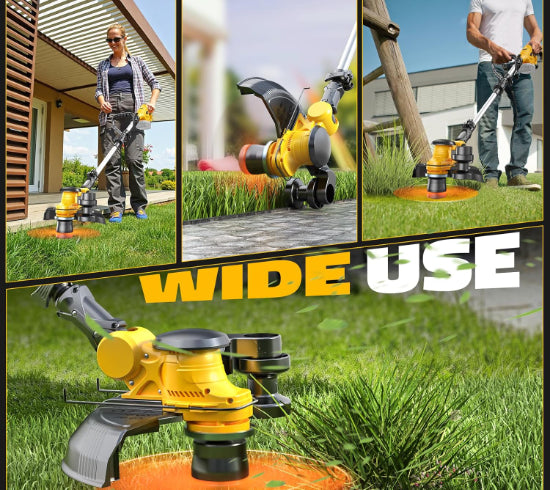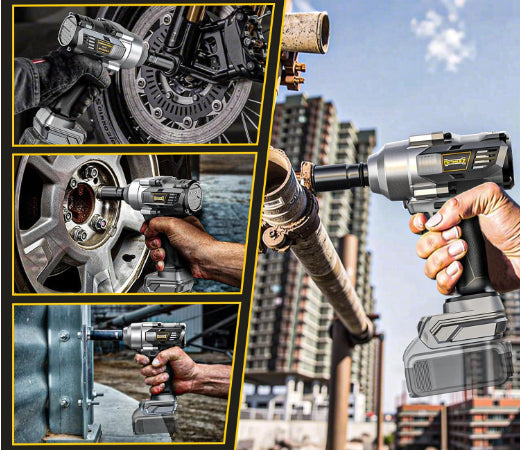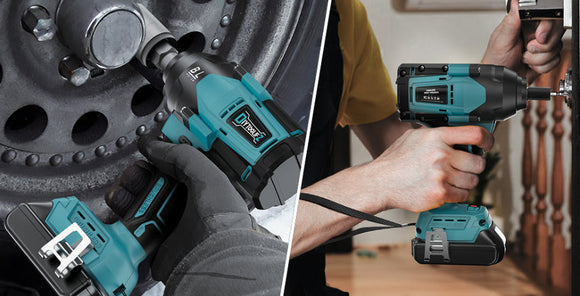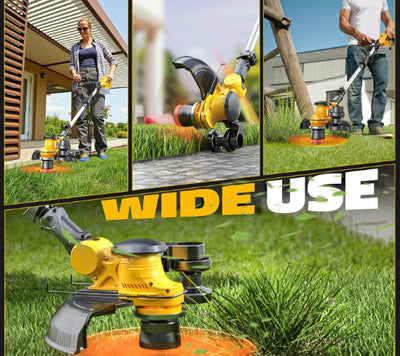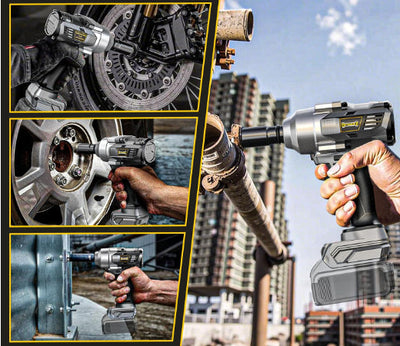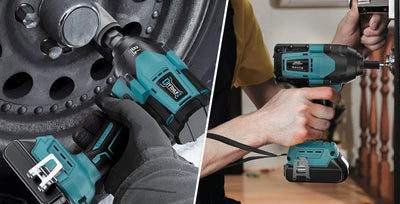
MASTERING THE ART OF THAWING FROZEN PIPES: HEAT GUN AND BEYOND
Frozen pipes can quickly turn into a homeowner’s nightmare, especially in cold climates. If left untreated, they may burst, causing water damage and costly repairs. Fortunately, power tools can provide an efficient and effective solution for thawing frozen pipes. Here’s how to safely and successfully use power tools to restore water flow.
What to do if your pipes freeze
Signs of Frozen Pipes
Reduced or no water flow from faucets.
Frost or condensation on the pipe's surface.
Strange odors coming from faucets or drains (caused by blocked airflow).
Choosing the Right Power Tool for Thawing Frozen Pipes
Using the right tool is critical to safely and effectively thaw frozen pipes. In fact here are some popular power tools for the job.
- Livowalny Heat Gun
With adjustable temperature, Livowalny heat guns deliver focused, controlled heat to the frozen area of the pipe. It’s ideal for pipes in accessible locations and can thaw ice quickly without overheating surrounding materials.
- Hair Dryer
Although not as powerful as a heat gun, a hair dryer is a safer option for beginners. It’s easy to use and gentle on pipes, particularly for those made of PVC or other plastics.
- Infrared Heater
For longer sections of frozen pipes, an infrared heater can provide steady heat over a broader area. It’s best for pipes that are difficult to access directly.
- Pipe Thawing Machine
For professional-grade thawing, a pipe thawing machine passes electrical currents through metal pipes, quickly melting ice inside. This is commonly used by plumbers but requires caution and proper training.
Steps to Thaw Frozen Pipes with a Power Tool
Step 1: Locate the Frozen Section
In fact turn on faucets to identify the blockage and check exposed areas like crawl spaces and outdoor walls for frost or bulging pipes.
Step 2: Turn Off the Water Supply
Before applying heat, shut off the main water supply to reduce pressure and minimize burst risks.
Step 3: Protect the Surrounding Area
Clear the area around the pipe of flammable materials, especially if using the cordless heat gun. You can use heat-resistant barriers if pipes are near walls or insulation.
Step 4: Gradually Apply Heat
Heat Gun: It is better to set the Livowalny heat gun to a low setting, usually between 500°F and 750°F. Avoid using the highest setting to prevent damaging the pipe.
Hair Dryer: Start at the faucet end of the pipe and work your way toward the frozen section. Keep the tool moving to distribute heat evenly.
Infrared Heater: Position the heater a few inches away from the pipe. Allow steady heat to thaw the ice gradually.
Pipe Thawing Machine: Follow the manufacturer’s instructions carefully. Attach the clamps to the pipe ends, ensuring a secure connection for effective thawing.
Step 5: Monitor Progress
When water starts trickling from the faucet, the blockage is clearing. Be patient to avoid damaging the pipe.
Step 6: Restore Water Flow
Once the ice is fully melted, turn the water supply back on slowly. Check for leaks or other damage in the pipe.
In fact with the right tools, careful planning, and safety precautions, you can restore your water flow and protect your plumbing system. Remember, if you're dealing with extensive freezing or inaccessible pipes, don’t hesitate to call in professional help. It’s always better to act early than to face the consequences of a burst pipe later.
